Plant A Red Fruit Garden: Growing Fruits With Red Flesh
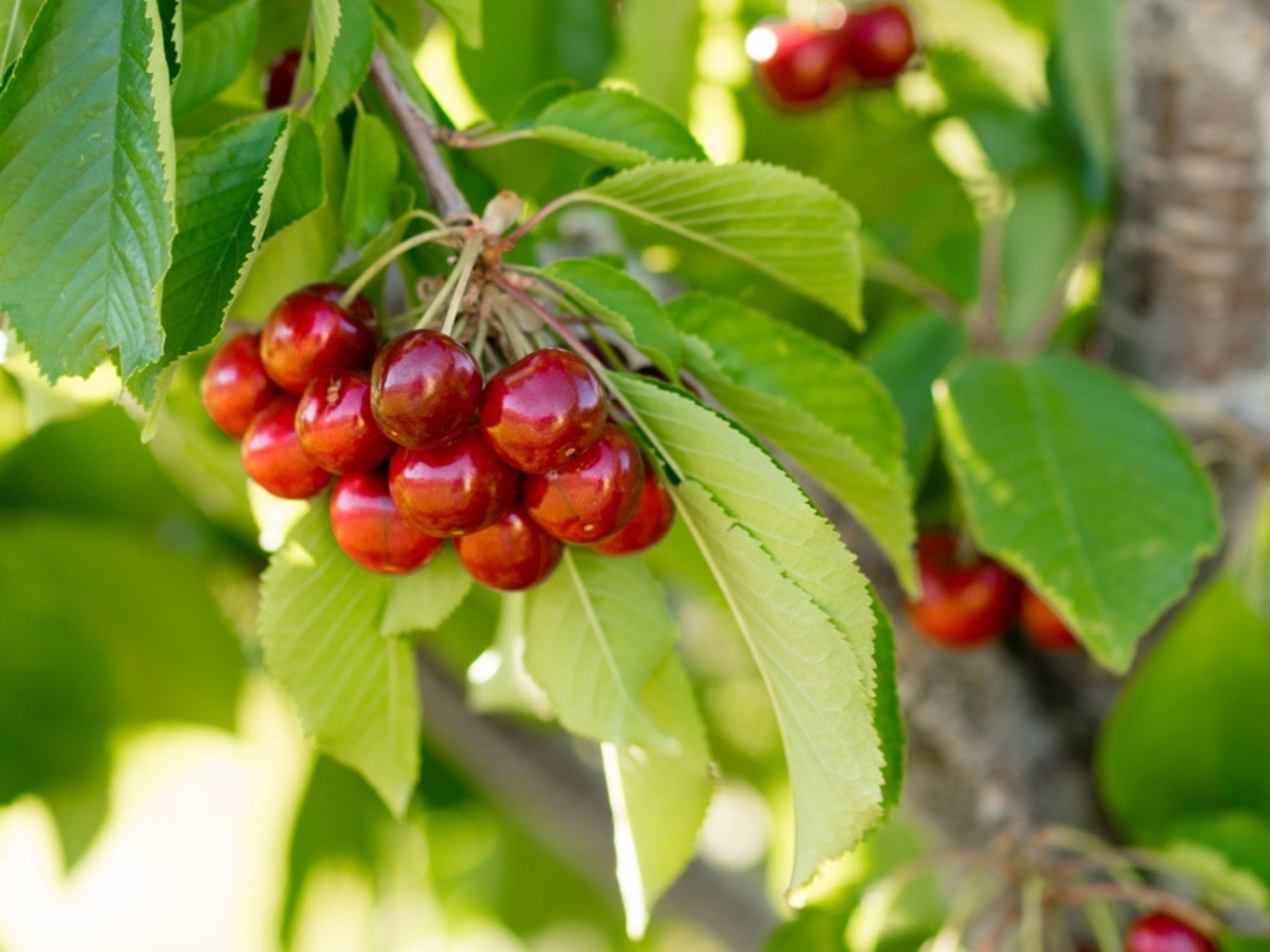

Planting a red fruit garden may seem a bit whimsical. That is, until you realize the health benefits of consuming fruits with red flesh. While most fruits are an excellent source of vitamins and minerals, fruit that is red inside often contain an abundance of health-preserving antioxidants. Growing a red-fleshed fruit garden can bring these health benefits directly to your table.
Benefits of Growing Red Fruit
For years, we've heard the benefits of eating foods, which are rich in antioxidants. These naturally occurring compounds eliminate damage caused by free radicals in our bodies. Studies indicate this reduces our risk for developing a myriad of health conditions including cancer, heart disease and strokes.
For years, superfoods like kale have been well known for their antioxidant content. But let's face it, not everyone enjoys chewing on kale leaves. Growing red fruit is a delicious alternative and one that may be easier for your kids to swallow.
What Can You Grow in a Red-Fleshed Fruit Garden?
Can you think of any fruit that is red inside? If you said strawberries and watermelon, you're well on your way to growing a red fruit garden. Here are a few more examples of fruits with red flesh that you might be overlooking:
- Red-fleshed apples – Developed by crossing crabapples with common white-fleshed apple varieties, this novelty fruit has flesh which can vary from pink to brilliant red. Red fleshed apples are higher in antioxidants than their white-fleshed counterparts.
- Blood oranges – Often sweeter than their orange-fleshed cousins, blood oranges get their red flesh from the anthocyanin pigment. Orange citrus fruit that is red inside resulted from a natural mutation.
- Red Dragon Fruit – Also called pitaya, these fruits from cactus vines are a rich source of antioxidants. With a texture comparible to kiwi, red dragon fruit has a bright magenta flesh.
- Cherries – Know for their anti-inflammatory properties, cherries contain several types of antioxidants. But not all cherry trees produce fruit that is red inside. Look for varieties like Bing, Balaton or Morello.
- Cranberries – Second only to blueberries in the amount of antioxidants they contain, cranberries are one of the superfoods. Often considered a bog plant, cranberries can be grown as part of a red-fleshed fruit garden.
- Pomegranates – Grown for the bright red, fleshy arils which encase the seeds, pomegranates are a powerhouse of vitamins, minerals and antioxidants. In Northern climates, pomegranates can be added to the red fruit garden as container plants.
- Grapefruit – Both the ruby red and blush pink varieties of grapefruit contain more antioxidants than white grapefruit. Select dwarf varieties of these red-fleshed fruit when growing grapefruit trees in containers.
- Red raspberries – These easy-to-grow berries contain powerful antioxidants and are a welcome addition to any fruit garden. Choose fall-bearing red raspberries and produce two crops of this red fruit per year.
Gardening tips, videos, info and more delivered right to your inbox!
Sign up for the Gardening Know How newsletter today and receive a free copy of our e-book "How to Grow Delicious Tomatoes".

Laura Miller has been gardening all her life. Holding a degree in Biology, Nutrition, and Agriculture, Laura's area of expertise is vegetables, herbs, and all things edible. She lives in Ohio.
-
 Types Of Tomatoes Explained: Explore The Many Wonderful Shapes, Colors, Flavors, & Best Uses
Types Of Tomatoes Explained: Explore The Many Wonderful Shapes, Colors, Flavors, & Best UsesThe world of tomato varieties is vast and fascinating. Learn about the key types to grow in your garden, tailored to your preferences and space.
By Amy Grant
-
 Try The Trend – Turn Any Bed Into A Keyhole Garden With This Clever In-Ground Composter
Try The Trend – Turn Any Bed Into A Keyhole Garden With This Clever In-Ground ComposterKeyhole gardening is an efficient and sustainable practice that saves space. Get started on this DIY project quickly and easily with an in-ground composter.
By Bonnie L. Grant
-
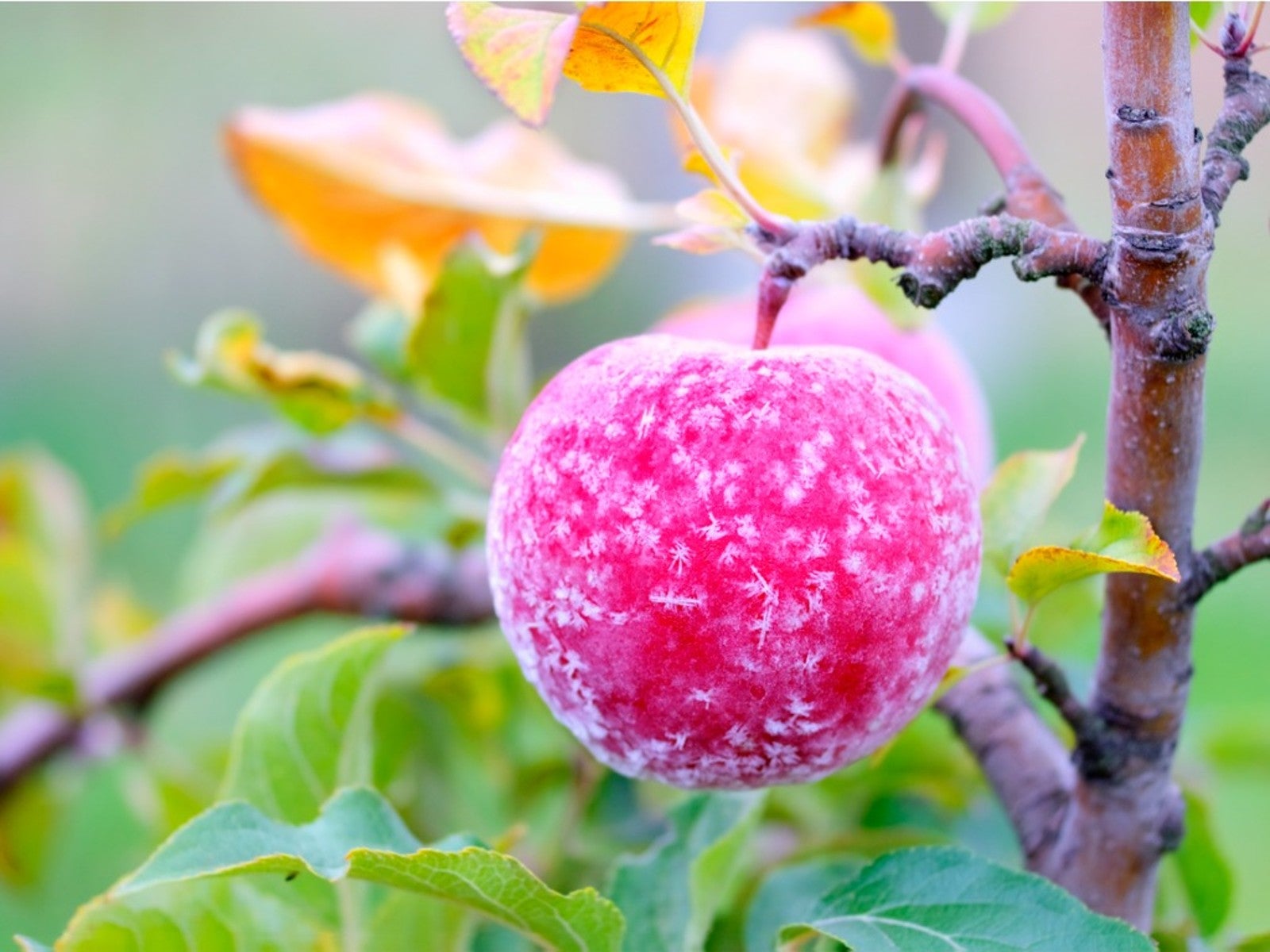 How To Protect Fruit Trees From Frost And Freeze
How To Protect Fruit Trees From Frost And FreezeChoosing fruit trees appropriate for your growing zone is best, but you still may need to protect them from extreme cold. Read how.
By Bonnie L. Grant
-
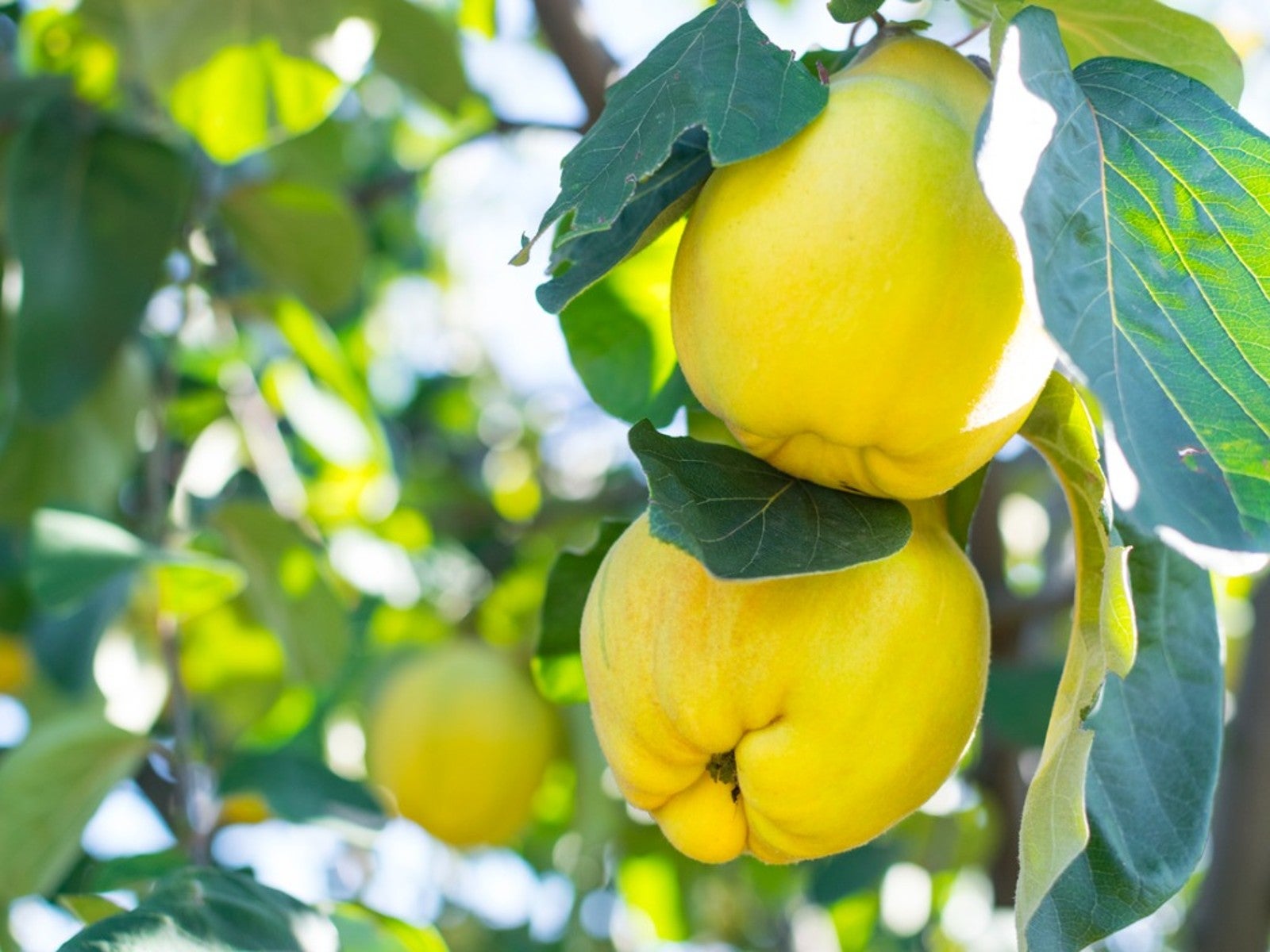 Best Plants For Late Summer and Fall Fruit Harvest
Best Plants For Late Summer and Fall Fruit HarvestEven if you don’t have the optimal conditions for more common fruit trees, there are other end of summer fruits to enjoy.
By Teo Spengler
-
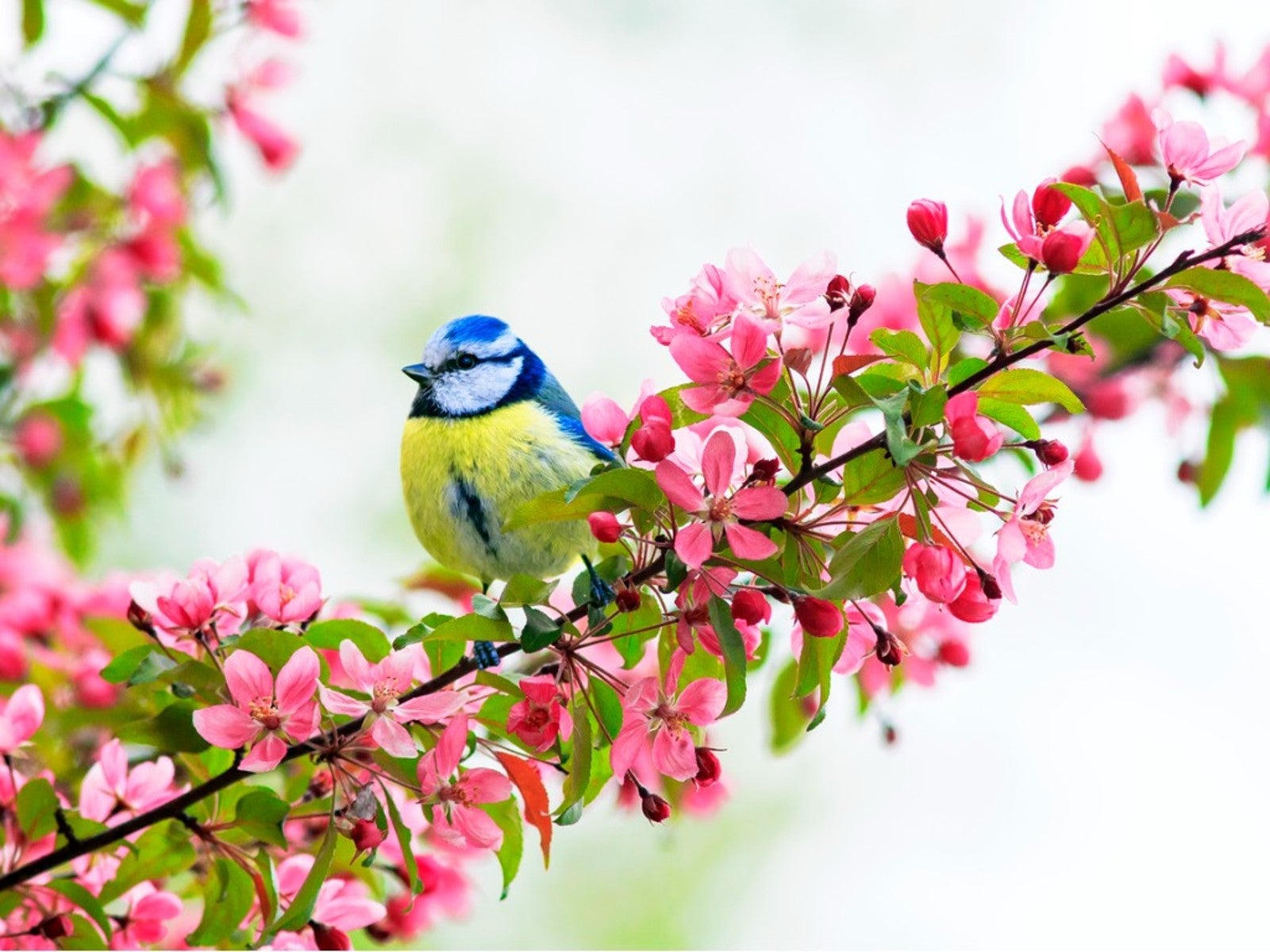 Best Native Fruit Trees To Support Wildlife
Best Native Fruit Trees To Support WildlifeIf you want trees that will attract and feed wildlife, learn the best kinds of edible fruit and nut trees to plant for inviting specific creatures.
By Teo Spengler
-
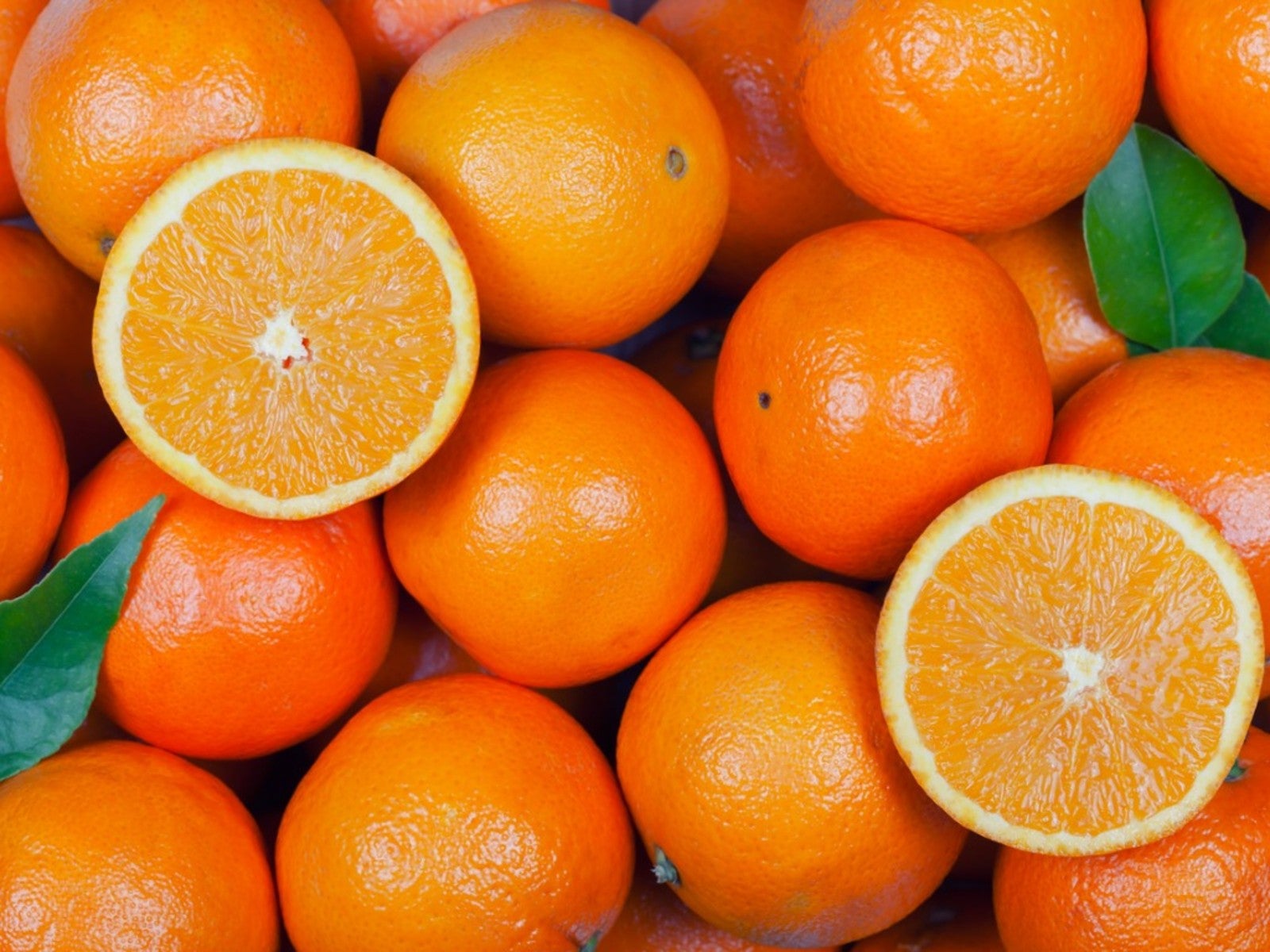 Orange Fruit Varieties: Growing Fruits That Are Orange
Orange Fruit Varieties: Growing Fruits That Are OrangeOrange colored fruit isn’t limited to the citrus orange. There are plenty of other orange colored fruit varieties, each packing a healthful punch. Read on for more.
By Amy Grant
-
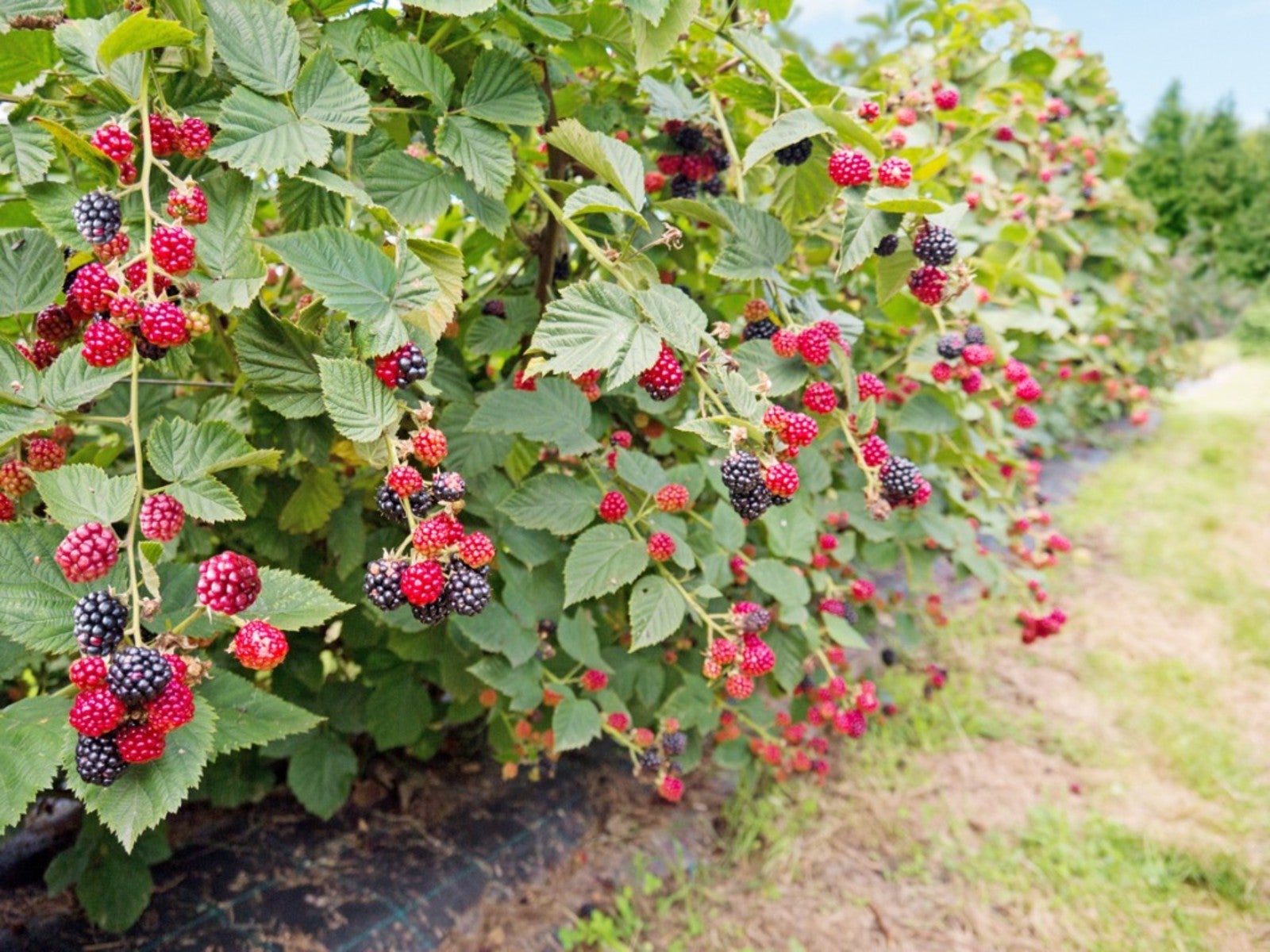 Everbearing Plants: Learn About Everbearing Varieties Of Fruit
Everbearing Plants: Learn About Everbearing Varieties Of FruitWhat does everbearing mean? And more importantly, how do everbearing varieties differ from non-everbearing types? Read on for more.
By Laura Miller
-
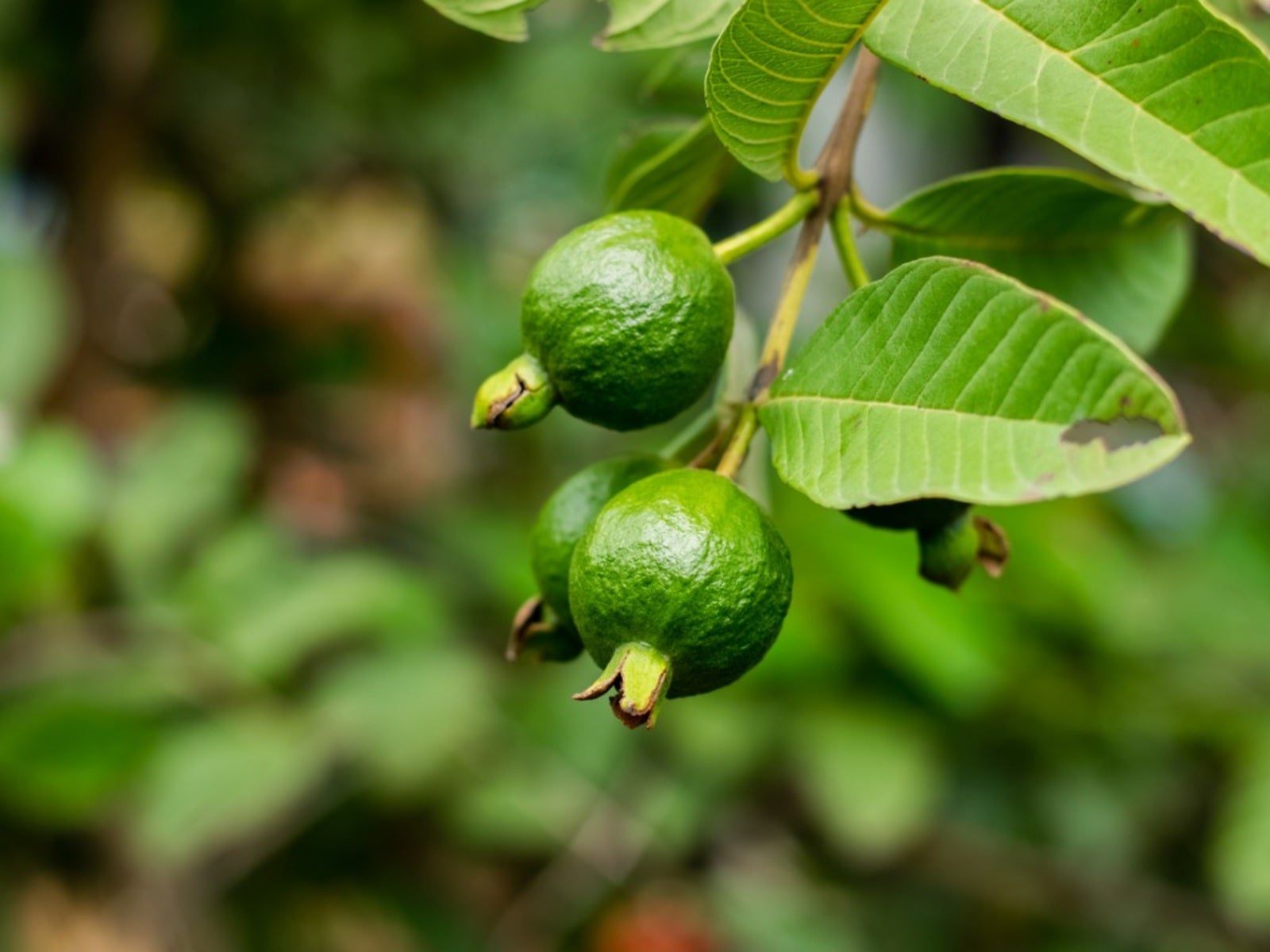 Heat Tolerant Fruits - Growing Fruit In Hot Weather
Heat Tolerant Fruits - Growing Fruit In Hot WeatherSome fruit grows in extreme heat naturally. But there are also specially cultivated, heat-tolerant varieties. For more information on heat tolerant fruits, read on.
By Teo Spengler
-
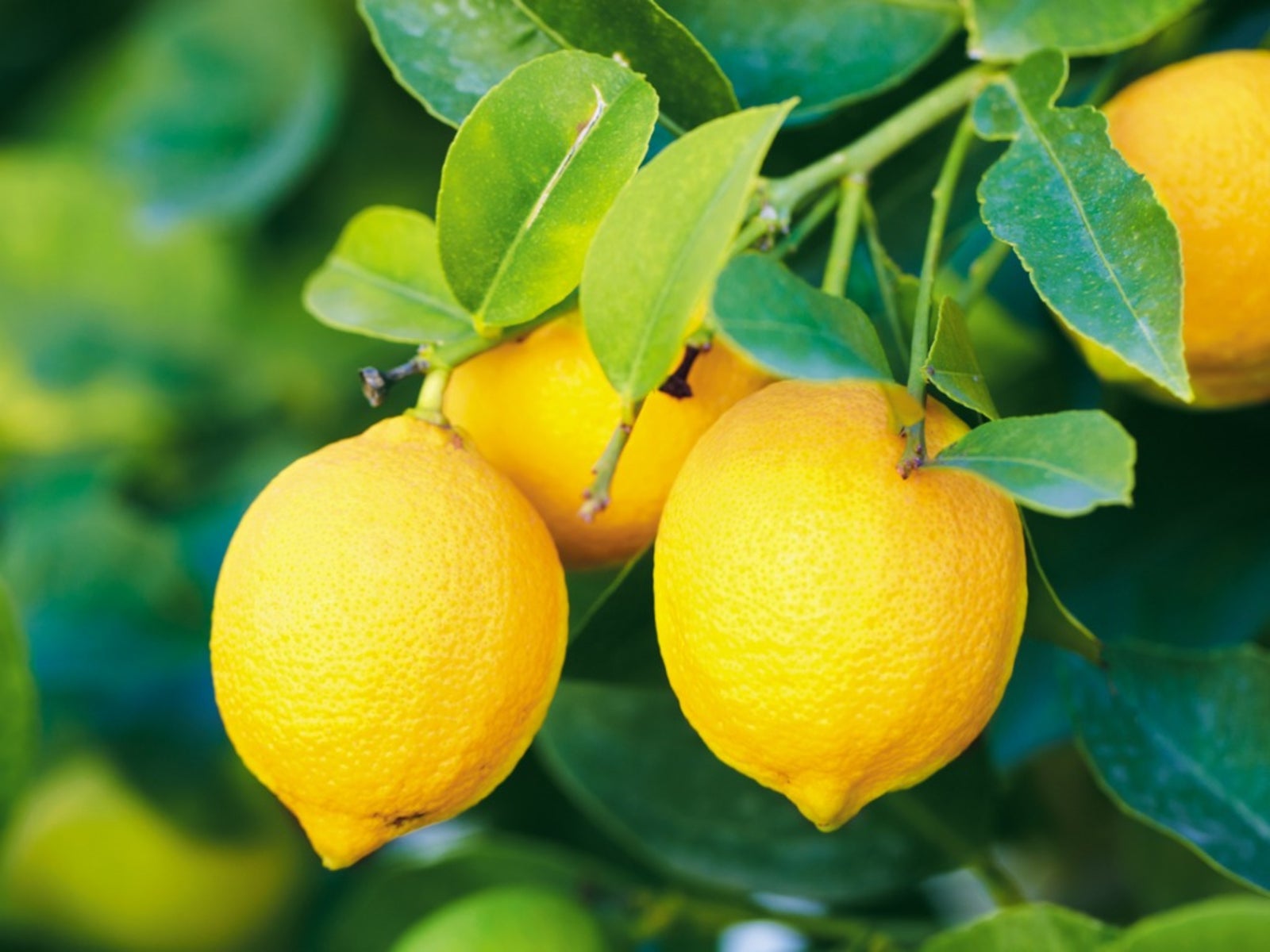 Yellow Fruit Varieties - Growing Fruit That Is Yellow
Yellow Fruit Varieties - Growing Fruit That Is YellowWhat fruit is yellow? There's more than the bananas at the supermarket. Try growing yellow fruit for a consistent supply of sunny food.
By Bonnie L. Grant
-
 Post Harvest Cooling Guide – How To Cool Fruit Picked From The Garden
Post Harvest Cooling Guide – How To Cool Fruit Picked From The GardenPost-harvest cooling of fruit is used both commercially and by home gardeners. Cooling fruit is important for harvest quality. Click here to learn more.
By Tonya Barnett